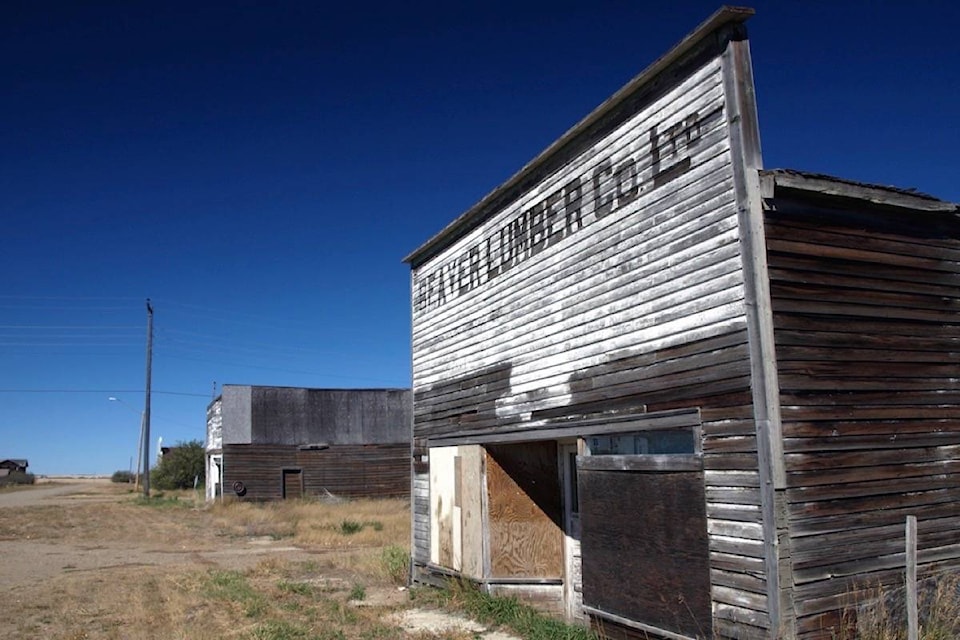Local author Johnnie Bachusky will be leading people down the desolate streets of ghost towns in Western Canada through his photos and stories on Jan. 17 as part of Central Alberta Historical Society’s speaker series.
Bachusky, whose collection of books include Ghost Town Stories in Alberta, said he revisits some ghost towns annually, including St. Boswells, Sask. where nothing remains but sidewalks and a few foundations.
“The feeling that you get standing on that sidewalk, and there’s nothing around. It’s the coolest thing,” Bachusky said on Tuesday.
“There’s beauty in that despair because it’s been left alone. You’re walking these sidewalks and you can imagine. Your mind takes you to a different time where there were kids playing on the streets and there were shops,” said the editor of the Innisfail Province.
For a lot of people ghosts towns evoke images of swinging saloon doors and a row of abandoned houses, he said.
“That’s Hollywood. My definition of a ghost town is a place that is now merely a shadow of its former self.”
Uranium City, Sask., which Bachusky said he still wants to visit, once had a thriving population working in uranium mining. It’s shrunk to about 200 people, but it’s still a ghost town.
Half a dozen people still reside in Robsart, Sask, a regular stop for Bachusky during the summer.
“It’s arguably the most photogenic ghost town in Western Canada. It still has a lot of abandoned stores. This one is about as close to a classic Hollywood-style ghost town that you can imagine.”
Alderson, AB. west of Medicine Hat, is another of his favourites that has been the topic of many books.
“That place was supposed to be opening the new frontier of Alberta. It was suppose to be a big city offering all kinds of hopes and dreams and prosperity, but fires, grasshoppers, depression, drought — all that destroyed it.
“Most of the foundations of the buildings are still there. You can make out the streets. It’s a very, very lonely place.”
But there’s a real beauty that transports visitors back in time, he said.
Bachusky said his focus has naturally morphed into stories about people who lived in these communities and worked at businesses and institutions that were once vibrant.
“I think a lot of people really marvel at the simplicity of living back in those days. I certainly do.”
Central Alberta Historical Society speaker series with Bachusky, held at Red Deer Museum, starts at 7 p.m. and runs about an hour, followed by time for questions. Refreshments will be served. Admission is free.
szielinski@reddeeradvocate.com
Like us on Facebook and follow us on Twitter
